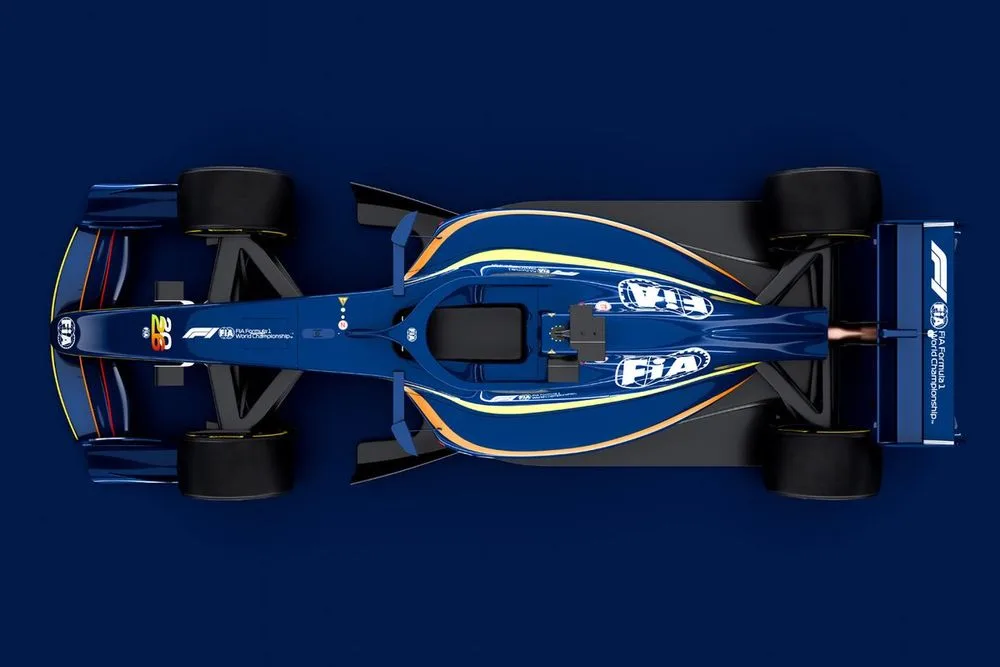Formula 1 has had its fair share of scare stories about the new 2026 car rules. From concerns about ‘Frankenstein’ machines, to drivers needing to change down gears on the straights, and then alarm at some simulator tests where cars were spinning out on the straights, it has not been smooth sailing to get where we are today.
But with the new rules now having been announced – although there will likely be some further tweaks – there is a sense from those who have framed them that those early worries have been addressed. So rather than F1 fans needing to fear that what is coming from 2026 could be bad for the show, there is actually some optimism that things will be improved.
The reset of chassis rules has also opened up the opportunity to address some mistakes that were made with the current ground effect challengers. Beyond the fact that today’s cars are too heavy, they are also too ride-height critical, and are getting increasingly sensitive to the dirty air that the all-new rules for 2022 were supposed to have eradicated.
All three factors have played their part in limiting the ability of cars to follow each other close enough for good racing. And this issue has been at the forefront of efforts to ensure that the 2026 regulations are fit for purpose in delivering a more exciting F1.
The FIA’s head of aerodynamics Jason Somerville said: “The main goal of the 2026 aero rules is really to focus on re-establishing following car performance. We want great racing; we want to ensure that the cars can race closely. The 2026 rules are an opportunity for us to reset the baseline level of the car so that they can race well together.”
The end result is cars that are going to be smaller and lighter – around 30kg less than now – but more critically, with aerodynamics that are much less prone to being manipulated by teams to move away from the original intention of better racing.
A clear focus has been made on improving the ability of cars to follow each other in 2026
Photo by: FIA
The FIA says it has dug deep to understand what teams did to alter the wake of their cars in recent years to bring back the outwash characteristic that has helped trigger the latest dirty air problem. Speaking to Autosport, the FIA’s single-seater director Nikolas Tombazis said that the simulation figures for the 2026 cars were improved over how things were for the start of 2022.
“The new rules and baseline spec, their wake characteristics…
Click Here to Read the Full Original Article at Autosport.com – Formula 1 – Stories…

